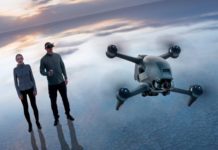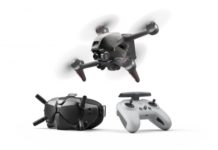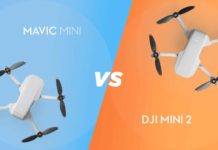DJI’s Mavic 2 is finally here! The new Mavic 2 comes in two editions – the Mavic 2 Pro and the Mavic 2 Zoom. You can check out our Mavic 2 in-depth comparison article to find out their differences. However, a lot of you might be more curious about what the difference is between the Mavic 2 series and Mavic Pro. To answer this question, we summed up the main differences between the Mavic 2 series and the Mavic Pro.
Mavic 2 Series VS Mavic Pro Overview
Let’s first look at the table. It shows the differences between Mavic 2 series and Mavic Pro.
 Now take a look at the explaining of all the differences!
Now take a look at the explaining of all the differences!
Camera Performance
Mavic 2 Pro vs Mavic Pro: Hasselblad Camera and Larger Sensor
For the Mavic 2 Pro, DJI collaborated with Hasselblad to upgrade the Mavic 2 Pro’s image sensor to a brand new high-performance 1-inch CMOS. It has an active sensing area four times more effective than Mavic Pro, which means higher image quality with superior light and color performance.
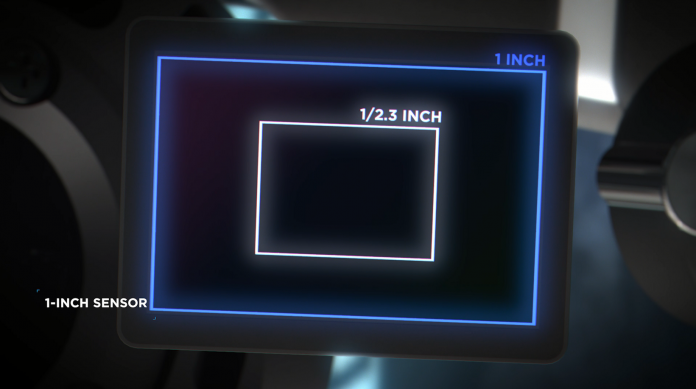
The larger sensor also performs better in dim environments with an extensive ISO range, increased from 3200 to 12800. The larger sensor allows you to capture stunning 20-megapixel aerial photos with extreme detail, instead of the former 12 megapixels.
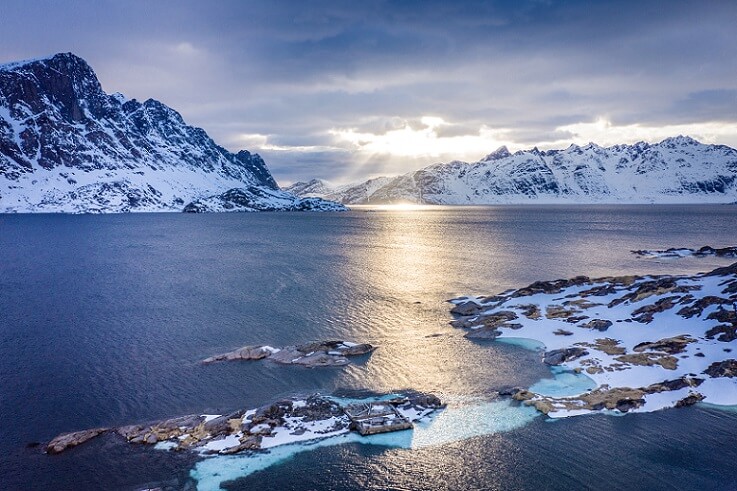
Mavic 2 Pro vs Mavic Pro: Better Color Solution
Thanks to Hasselblad Natural Colour Solution (HNCS) technology, the colors of your footage appear more natural with less distortion. In addition, the Mavic 2 Pro is able to record over 1 billion colors due to a 10-bit Dlog-M color profile. Comparatively, the Mavic Pro records 16 million colors.
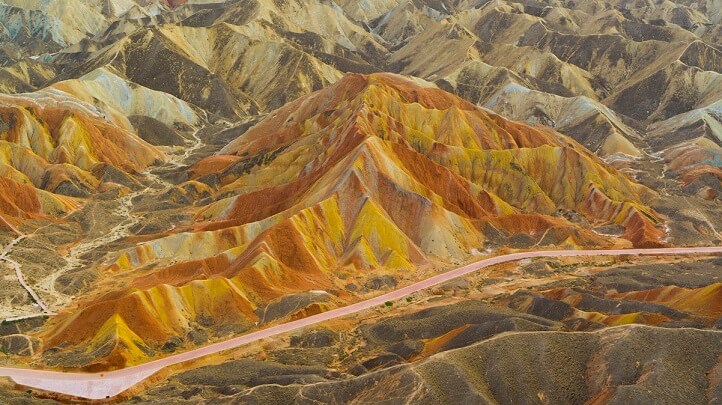
Mavic 2 Pro vs Mavic Pro: Advanced Adjustable Aperture
With the new f/2.8-f/11 adjustable aperture in the camera, the Mavic 2 Pro provides excellent image quality even in dark environments. When shooting in limited sunlight, the aperture can be set wide open to let more light enter the lens, so you don’t have to increase ISO or drop shutter speed. This will generate results better than ever before due to a minimal amount of ISO noise and color distortion.
Mavic 2 Pro vs Mavic Pro: New HDR Video
The new Mavic 2 Pro records 4K 10-bit HDR videos. In easy words, this means you can shoot videos with higher dynamic range and more vivid colors, which can be seen on HLG TVs without post-editing.
Mavic 2 Zoom vs Mavic Pro: New Zoom Lens
Like the first Mavic Pro, the Mavic 2 Zoom has a 1/2.3-inch 12-megapixel sensor. But only the Mavic 2 Zoom version is equipped with the new 2x optical zoom lens with 24mm-48mm focal length. This offers you more space for changing perspectives and a 40% higher focus speed than the first generation. The upgraded zoom allows you to capture from more dynamic perspectives and target from new angles.

Mavic 2 Series vs Mavic Pro: Bit Rate
While the Mavic Pro records videos with a maximum bit rate of 60 Mbps, both versions of the Mavic 2 are capable of shooting 100Mbps bitrate videos. The higher bit rate will generate more clarity in your videos due to less compression.
Mavic 2 Series vs Mavic Pro: Enhanced HDR Photo
Owning a Mavic 2 also means you are able to capture enhanced HDR photos in the air. To put it simply, the new Mavic 2 blends a sequence of photos with different exposures to create a clearer, more detailed image. These new enhanced HDR photos offer more color depth and higher dynamic range than Mavic Pro’s HDR pictures.
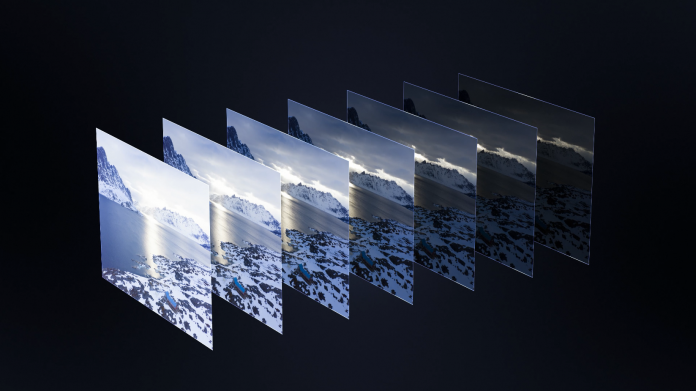
Mavic 2 Series vs Mavic Pro: More Efficient Video Coding (H.264 vs H.265)
While the Mavic Pro supports the H.264 codec, the new Mavic 2 works with the H.265 codec, also known as HEVC (High Efficiency Video Coding). Thanks to HEVC, your pictures and videos will become even more detailed and clearer.
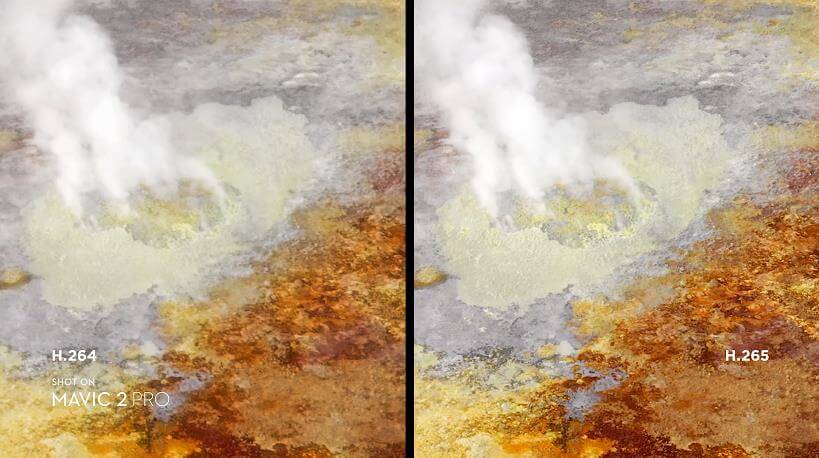
New Intelligent Features
“Hyperlapse“
With the new Hyperlapse feature, the aircraft shoots videos in various flight modes and processes them automatically into moving time-lapse videos. Sounds complicated, right? But it is not. Creating these cinematic time-lapse shots can be done in just a few taps in the DJI GO 4 app.
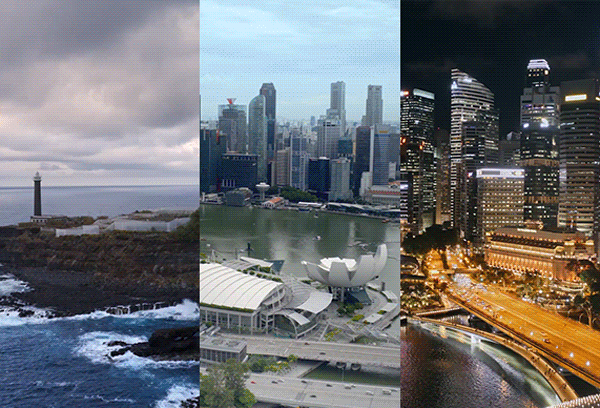
“Dolly Zoom” (Only with the Mavic 2 Zoom)
The new Dolly Zoom mode is only featured in the Mavic 2 Zoom. When it’s activated the Mavic 2 Zoom records a video while flying backward and zooming at the selected target. This will give you a special visual effect where the targeted object keeps its composition while its surroundings change. Look at this GIF or video to get a better idea of Dolly Zoom.

Using Dolly Zoom is not a hard quest, no matter for beginners or experienced pilots because all you need to do is select a target and adjust some settings in the DJI GO 4 app.
Upgraded Tracking System “ActiveTrack 2.0“
The Mavic 2 supports ActiveTrack 2.0 which has a better tracking performance than any other DJI product until now. Mavic Pro’s software uses the main camera to provide 2D information for using ActiveTrack. The upgraded software combines the main camera and front visual system to get a 3D map of the environment and target position for better recognition and tracking.
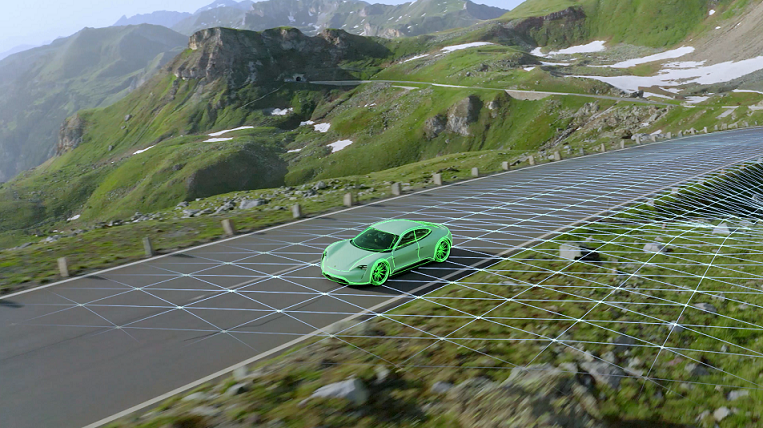
Also, the new tracking system includes trajectory prediction algorithms, which help maintain tracking when the target is temporarily blocked by obstacles.
Through ActiveTrack 2.0 Mavic 2 is able to avoid obstacles while tracking fast moving objects up to 72kmph (almost 45mph).
Flight Performance
Longer Flight Time
The Mavic 2’s low-noise propellers and newly designed chassis make it to DJI’s most advanced aircraft. That means 19% less body drag than the Mavic Pro.

The results are:
- Longer flight time lifted up from 27 min to 31 min due to higher battery capacity lower power consumption.
- An increase of maximum flight speed changed from 65 kph (40 mph) to 72 kph (approx. 45 mph) in sport mode thanks to stronger propulsion.
- Less noise during flight.
Flying Safer with APAS and Obstacle Avoidance System
Mavic 2 supports APAS (Advanced Pilot Assistance Systems). With this feature, the aircraft can automatically avoid obstacles in its flight path, when flying forward or backward.
Even though the Mavic Pro has such a compact design, DJI was able to fit a rich number of sensors into the aircraft. This time DJI went even a step further and created a drone with an omnidirectional obstacle sensing system. Be aware that the right and left visual sensors are only active in Beginner and Tripod Mode.

But please keep in mind that the obstacle sensing system is not a replacement for manual control. It should be more treated as a helper to make you feel safer while flying a drone. The pilot is always supposed to check the environment before take-off to ensure flight safety.
Upgraded Transmission System
The all-new OcuSync 2.0 video transmission system supported by Mavic 2 provides a 1080p video transmission signal up to astonishing 8 kilometers (approx. 5 miles) away, allowing you to fly 1km (0.6 miles) further than the old generation. While the Mavic Pro relies on a single 2.4 GHz frequency, the Mavic 2 Pro supports 2.4 to 5.8 GHz auto-switching for better performance in environments with busy signal interference.
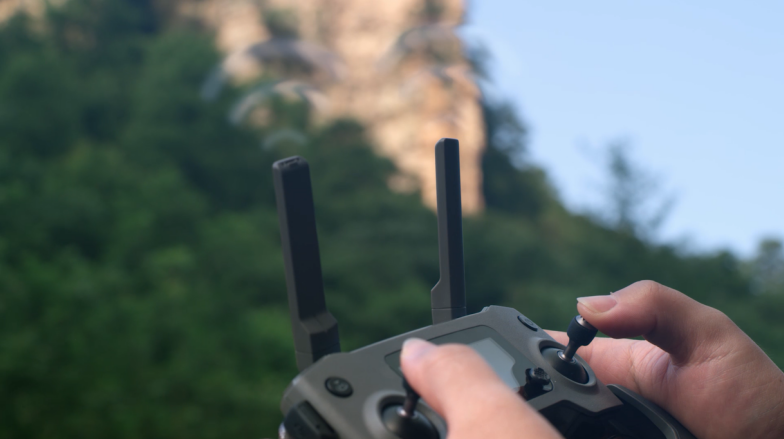
Even though the transmission got an upgrade, it’s still recommended that you always fly within visual line of sight, unless otherwise permitted.
Should I upgrade?
Mavic 2 Pro sales on $1499 and Mavic 2 Zoom $ 1299, pricier than Mavic Pro $999. So is it worth to Upgrade? For professional photographers, it is time to get the new Mavic 2 Pro definitely. It finally has a portable drone with powerful photography capability: 1-inch sensor, Hasselblad camera, 20 megapixels resolution images and 4K videos, etc. For one who is already satisfied with the image quality of Mavic Pro, Mavic 2 Zoom still brings a surprise with its fantastic zoom lens and “Dolly Zoom” effects. All in all, if you are affordable, an upgrade would be totally worth it.



